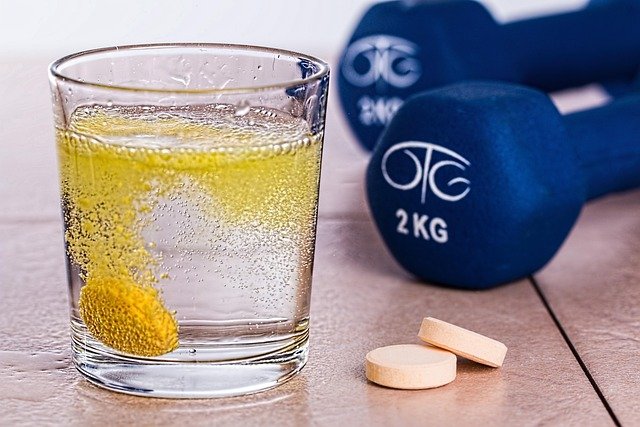Daily movement routines that support skin resilience and muscle tone
Daily movement routines can be a practical way to support skin resilience and improve muscle tone. Small, consistent sessions that combine mobility, strength, and endurance promote circulation and metabolic health, while pairing exercise with hydration, nutrition, and sleep supports recovery and visible skin benefits.

This article is for informational purposes only and should not be considered medical advice. Please consult a qualified healthcare professional for personalized guidance and treatment.
How does movement support skincare and circulation?
Regular movement improves blood flow, which helps deliver oxygen and antioxidants to the skin and supports waste removal through lymphatic circulation. Increased circulation can assist collagen maintenance by ensuring nutrients reach dermal tissues, while also moderating low-level inflammation that can affect skin tone. Gentle aerobic activity, brisk walking, or cycling for 20–30 minutes most days supports both microcirculation and overall wellness without overtaxing recovery systems.
What routines enhance mobility and flexibility?
Daily mobility work and flexibility routines reduce tension that can pull on facial and postural tissues, indirectly affecting appearance and muscle function. Short dynamic warm-ups, joint circles, and targeted stretches for shoulders, hips, and neck five to ten minutes each day maintain range of motion and help prevent compensatory patterns that strain muscles. Consistent mobility practice supports movement efficiency, reduces injury risk, and complements strength sessions that build sustained muscle tone.
Which exercises build strength and endurance?
A mix of resistance training and moderate endurance work supports visible muscle tone and enhances metabolic health. Compound strength moves—squats, rows, presses—performed two to three times weekly stimulate muscle fibers and collagen support through mechanical loading. Endurance sessions such as interval walking, light jogging, or cycling improve cardiovascular capacity and support skin perfusion; balancing both types of work helps maintain muscle mass while improving stamina.
How do nutrition, hydration, and antioxidants fit in?
Movement interacts with nutrition and hydration to affect tissue repair and skin resilience. Protein and amino acids supply the building blocks for muscle and collagen synthesis; antioxidants from fruits and vegetables help neutralize oxidative stress produced during activity. Adequate hydration supports circulation and skin turgor, while timed protein intake after workouts can enhance recovery. For general wellness, prioritize whole foods, steady fluid intake, and a variety of antioxidant-rich sources.
How does movement influence recovery, sleep, and inflammation?
Appropriate movement reduces chronic inflammation by improving metabolic regulation and supporting lymphatic drainage, but excessive training without recovery can increase inflammatory markers. Integrating rest days, active recovery like light mobility, and quality sleep is essential for tissue repair and collagen remodeling. Sleep enables hormonal processes that support muscle synthesis and skin regeneration; aim for consistent sleep patterns alongside a routine that balances intensity and recovery.
How does exercise affect metabolism and collagen?
Resistance and aerobic exercise both influence metabolism—strength work increases lean mass and resting metabolic rate, while endurance training improves mitochondrial efficiency. Mechanical loading through exercise stimulates pathways involved in collagen turnover and tissue remodeling, which over time helps maintain structural support for skin and connective tissue. Combining varied movement modalities with targeted nutrition provides a foundation for healthy metabolism and connective tissue resilience.
Conclusion Daily movement routines that combine mobility, strength, and endurance, when paired with balanced nutrition, hydration, and adequate sleep, create conditions that support both skin resilience and muscle tone. Focus on consistent, moderate practices that respect recovery, include antioxidant-rich foods, and prioritize circulation and flexibility to sustain functional movement and visible tissue health.





